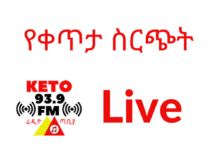Using advanced laboratory science and innovative techniques, CDC’s Division of Laboratory Sciences in the National Center for Environmental Health have contributed to the body of scientific knowledge about people’s exposures to chemicals in the environment.
By improving laboratory methods to measure selected chemicals in people; preventing health effects from exposure to toxic chemicals in the environment, and responding to terrorism and public health emergencies involving chemicals, the laboratory has been in the vanguard of efforts to improve people’s health across the nation and around the world.
This presentation offers an overview of the laboratory’s National Biomonitoring Program and highlights examples of the laboratory in action.
The presentation is divided into five sections. Section one explains what biomonitoring is and how it is used. Section two examines how biomonitoring has been applied to protect public health. Section three looks at biomonitoring and nutrition. Section four explores how biomonitoring has helped us respond to public health emergencies. And lastly, section five offers a recap and resources on where you can learn more about biomonitoring.
This presentation is an introduction to CDC’s National Biomonitoring Program and the laboratory measurement data found in CDC’s National Report on Human Exposure to Chemicals and the National Report on Selected Biochemical Indicators of Diet and Nutrition in the U.S. Population.
For more Resources please visit below link:
https://www.cdc.gov/biomonitoring/related_links.html
Comments on this video are allowed in accordance with our comment policy:
http://www.cdc.gov/SocialMedia/Tools/CommentPolicy.html
This video can also be viewed at



























